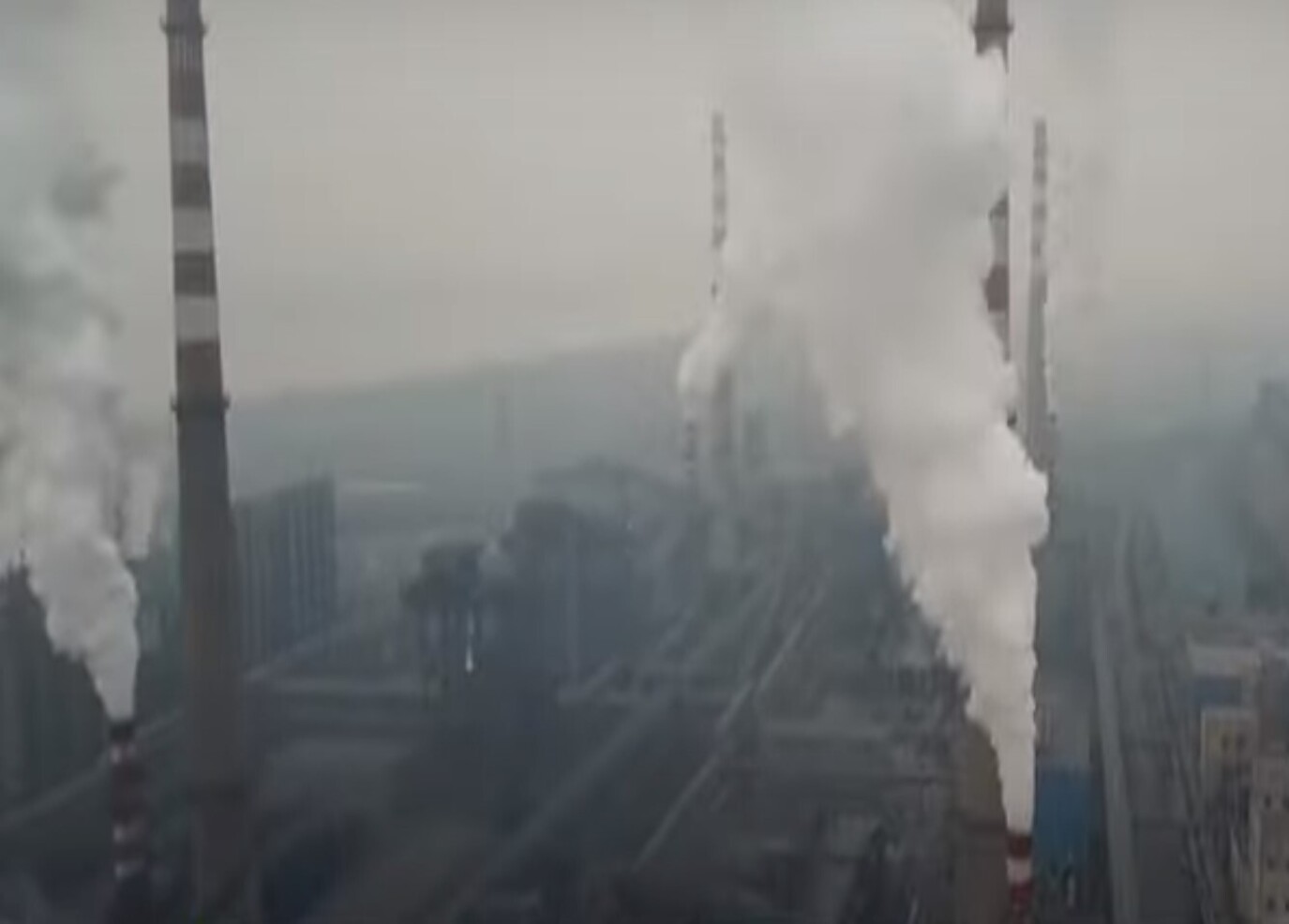India’s industrial sector has been a driving force behind economic growth, powering progress and prosperity. However, the flip side of this progress comes in the form of rampant industrial emissions, casting a dark shadow on public health and environmental well-being.
The Problem:
Factories and industrial facilities release a cocktail of harmful pollutants into the air, including:
- Particulate Matter (PM): These tiny airborne particles can lodge deep in our lungs, causing respiratory problems, heart disease, and even premature death.
- Sulphur Dioxide (SO2): This gas irritates the respiratory tract and contributes to acid rain, harming ecosystems.
- Nitrogen Oxides (NOx): These gases form smog, worsen air quality, and contribute to climate change.
- Volatile Organic Compounds (VOCs): These chemicals contribute to ozone formation, smog, and certain types of cancer.
The Impact:
Industrial emissions pose a significant threat to:
- Public Health: From respiratory illnesses and chronic diseases to impaired lung function and developmental problems in children, the health consequences are dire.
- Environmental Degradation: Acid rain damages forests and aquatic ecosystems, while air pollution disrupts weather patterns and contributes to climate change.
- Economic Costs: Healthcare costs rise, worker productivity declines, and tourism suffers due to poor air quality.
Government Actions:
Both the central and state governments have implemented various measures to mitigate industrial emissions:
- Emission Standards: The Central Pollution Control Board (CPCB) sets stringent emission standards for different industries, similar to international standards.
- Pollution Control Measures: Industries are mandated to install pollution control equipment like scrubbers and electrostatic precipitators to reduce emissions.
- Fuel Switching: Encouraging the shift from coal to natural gas and renewable energy sources in industries to reduce emissions.
- Industrial Zoning: Promoting designated industrial zones with centralized effluent treatment plants and shared pollution control infrastructure.
- Environmental Audits and Monitoring: Regular inspections and monitoring of industrial emissions ensure compliance with regulations.
What More Can Governments Do?:
- Strengthen enforcement mechanisms: Stricter penalties and better compliance monitoring are crucial for effective regulation.
- Invest in cleaner technologies: Research and development of cleaner industrial processes and emission control technologies need greater support.
- Promote transparency: Public disclosure of industrial emissions data can empower citizens and hold polluters accountable.
- Decentralize industries: Encourage smaller, dispersed units with localized pollution control measures to reduce overall emissions.
- Support the circular economy: Policies that incentivize waste reduction, resource recovery, and closed-loop industrial processes can significantly reduce emissions.
Citizens’ Role:
While the primary responsibility lies with governments and industries, citizens can also play a vital role:
- Demand clean air: Raise awareness about industrial pollution and advocate for stricter regulations.
- Choose eco-friendly products: Support companies committed to sustainable practices and reduce consumption of goods with high environmental footprints.
- Hold industries accountable: Report visible pollution violations to authorities and demand action.
- Promote sustainable living: Reduce your own carbon footprint through energy-efficient practices, waste reduction, and responsible consumption.
Technological Interventions:
Several promising technologies offer solutions to reduce industrial emissions:
- Carbon Capture and Storage (CCS): Capturing CO2 emissions from industrial sources and storing them underground can prevent them from entering the atmosphere.
- Renewable Energy Integration: Shifting industrial processes to rely on renewable energy sources like solar and wind power can significantly reduce emissions.
- Industrial Automation and Sensors: Implementing smart technologies can optimize industrial processes, reduce energy consumption, and minimize waste generation.
- Biotechnology Solutions: Utilizing bio-based processes for waste treatment and resource recovery can offer cleaner alternatives to traditional methods.
- Real-time Monitoring and Data Analytics: Continuous monitoring of emissions and data analysis can identify areas for improvement and inform targeted interventions.
The Road Ahead:
Combating industrial emissions requires a multi-pronged approach. By strengthening regulations, promoting cleaner technologies, empowering citizens, and embracing innovative solutions, we can pave the way for a future where industrial progress does not come at the cost of our health and environment. Remember, every breath we take is a reminder of the collective responsibility we share to protect the air we all breathe. Let’s work together to ensure that the future of our industries is not just one of progress, but also one of clean air and a healthy planet.

